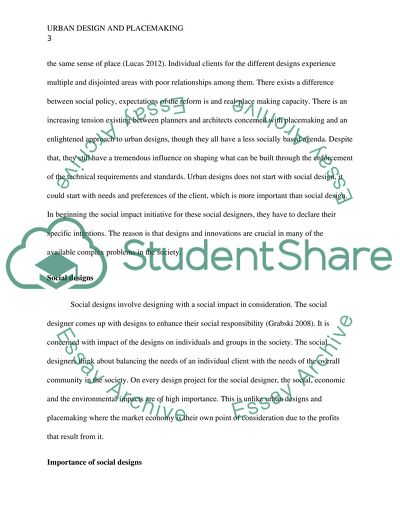Cite this document
(“Urban design starts with social design. Critically evaluate this Essay”, n.d.)
Retrieved from https://studentshare.org/miscellaneous/1676682-urban-design-starts-with-social-design-critically-evaluate-this-statement-in-the-context-of-place-making
Retrieved from https://studentshare.org/miscellaneous/1676682-urban-design-starts-with-social-design-critically-evaluate-this-statement-in-the-context-of-place-making
(Urban Design Starts With Social Design. Critically Evaluate This Essay)
https://studentshare.org/miscellaneous/1676682-urban-design-starts-with-social-design-critically-evaluate-this-statement-in-the-context-of-place-making.
https://studentshare.org/miscellaneous/1676682-urban-design-starts-with-social-design-critically-evaluate-this-statement-in-the-context-of-place-making.
“Urban Design Starts With Social Design. Critically Evaluate This Essay”, n.d. https://studentshare.org/miscellaneous/1676682-urban-design-starts-with-social-design-critically-evaluate-this-statement-in-the-context-of-place-making.


